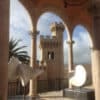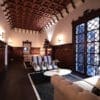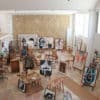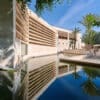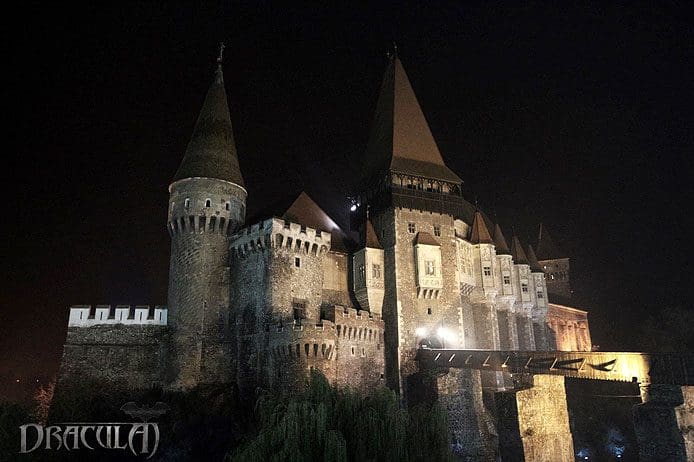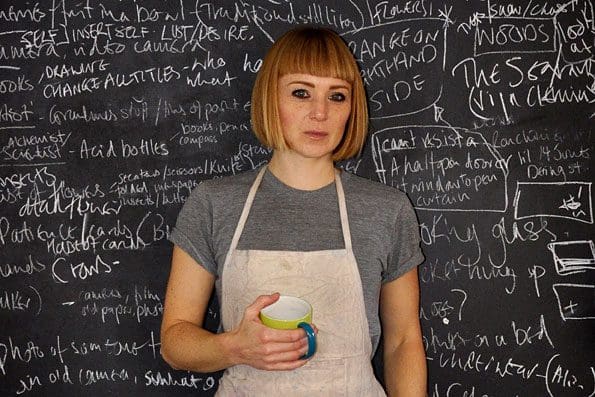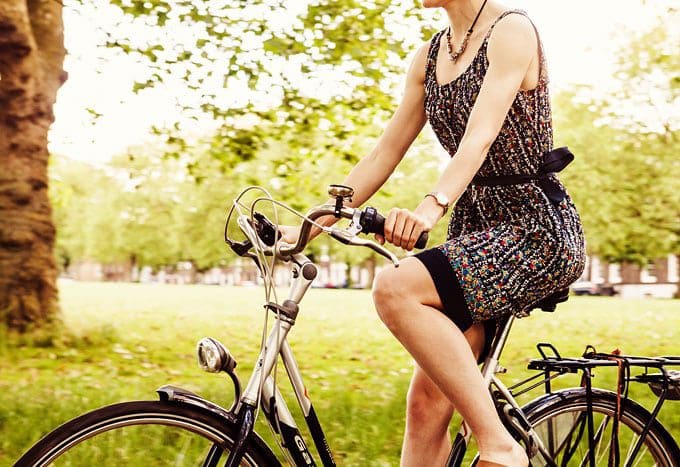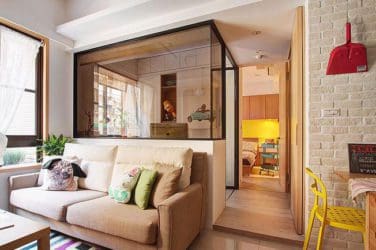Words: Neil Geraghty
In the dimly lit corners of Palma de Majorca’s Town Hall, monsters lie in wait to startle unsuspecting passers by.
I’m in Palma to escape a depressingly dull British winter. Wandering through the historic old town, I stop in front of the Town Hall where dazzling golden sunlight illuminates the ornate Renaissance facade. Spain’s historic civic buildings often have a relaxed open door policy and I wander in to take a look. Two giant carnival figures, a man and a woman dressed in traditional Majorcan costume stand smiling at the bottom of a grand staircase, but my gaze is drawn to a fearsome looking crocodile-shaped dragon that lies snarling in the corner.
Legend has it that in the 17th Century a terrifying dragon, the Drac de na Coca, stalked the city’s sewers gobbling up unsuspecting locals. He was slain by a valiant knight and since then has become the city’s mascot and is paraded through the streets during festivals. The Drac de na Coca is such an eye catching beast, I’ve completely overlooked a gang of other monsters and as I turn around I almost jump out of my skin. All three are dressed in spooky ecclesiastical gowns; the first, a demon, has a scarlet face and yellow fangs, the second resembles a serial killer with a goofy grin and missing tooth while the most sinister of all is a cat who stares at you with bulging eyes of pure evil. Majorcans clearly have beasts in their blood.
Out of season, Palma takes on a relaxed almost soporific atmosphere. Free from the summer throngs of tourists, the winter months are an ideal time to explore the labyrinthine old city. Many of its narrow streets are lined with imposing Renaissance mansions which until recently were in a dilapidated state. Built from roughly hewn sandstone these buildings are a Grand Designs fan’s dream and top architects and interior designers have transformed many of them into stylish hotels and restaurants.
Tucked away on a quiet street behind Palma’s main shopping thoroughfare, I check into the Hotel Summum, Palma’s newest hotel which is housed in a 16th Century patrician mansion (www.hotelsummum.com). The original layout of outer patio, stables and inner patio has been kept and the interior designer, Elvira Blanco, has artfully linked the three rooms with sliding glass panels that create a lofty sense of inner space. An original grand staircase leads up to a beautifully restored wood panelled salon where you can relax on sofas next to an ornate fireplace flickering with candles. From here it’s just a short stroll to the bedrooms where you can sink into Egyptian cotton and marble luxury.
A few doors along from the Hotel Summum I stop for lunch at Aromata Restaurant, another beautiful patio conversion run by Majorcan-born Michelin starred chef Andreu Genestra. With 1960s inspired decor and a verdant vertical garden, the Aromata has a relaxing, loungy atmosphere and its weekday set menu of just €15.50 is one of the best value gourmet experiences in Palma. Pork features heavily in Majorcan cuisine and I order a delicately spiced pork loin and cabbage espinagada, a traditional Majorcan pie rolled with short crumbly pastry. In the early Middle Ages Majorca was under Arab occupation and the subtle spices of the espinagada remind me of the savoury pastries popular throughout North Africa.
Palma has a long association with famous Spanish artists who came here for inspiration and to work on special projects with the city authorities. The most illustrious of these was Gaudi who between 1904 and 1914 was invited over from Barcelona to modernise Palma’s spectacular Gothic cathedral. The nave, supported by flying buttresses, is one of the tallest in the world. Gaudi’s genius was to declutter the altar and to unblock several stained glass windows that had been walled over. The result is a magical airy interior that sparkles with coloured light, a complete contrast to the often gloomy interiors of Spanish cathedrals. To commemorate the new Millennium, the Majorcan artist Miquel Barcelo was commissioned to remodel a chapel adjacent to the main altar. Over a period of 6 years Barcelo covered the chapel in textured ceramic panels which depict the feeding of the 5,000. The walls are covered in mesmeric patterns of fish, loaves and skulls that create a mystical grotto like effect. The chapel’s avant garde appearance has divided public opinion and staring at the dream like ceramics, they remind me of Gaudi’s own modernist creations. No stranger to controversy himself, I’m sure Gaudi would have thoroughly approved.
Another great modern artist who found inspiration in Palma was Joan Miró who lived here from 1956 until 1983. Following his death, Miro’s studios and artistic foundation overlooking the sea were bequeathed to the city and a trip there is a highlight of any trip to Palma. The foundation is housed in a sleek angular building built from pale concrete blocks designed by Spanish architect Rafael Moneo. Windows made from slivers of alabaster allow diffused daylight to flood into the galleries, beautifully highlighting the vivid colours of Miro’s abstract paintings. My visit coincides with several garrulous primary school groups and I’m taken aback by their enthusiastic interpretations of these enigmatic works.
During the winter months nightlife in Palma can be a sedate affair but one place that has really taken off since opening last August is Mercat 1930, a gastro market located by the harbour in the ground floor of a curvaceous Art Deco apartment building. I arrive shortly after eight and ,unusually early for Spain, the bars are already packed to the rafters. Locally produced vermouth is currently all the rage in Majorca and fighting my way to the bar I order a glass of white vermouth. The bittersweet herbal aromas seem to encapsulate Majorca’s rugged mountain landscape and are the perfect accompaniment to my selection of tapas: lightly fried golden ham and cheese croquettes, ruby red iberico ham on tomato infused bread and delicious patatas bravas drizzled with garlic mayonnaise.
On my final night in Palma I come face to face with my old friend the Drac de na Coca. It’s the opening night of the Fiestas de Sant Sebastia, Palma’s premier fiesta which is held in honour of the city’s patron saint. The normally sleepy streets of the Old Town are thronged with locals who are waiting for a noisy procession to arrive. With a whoosh of flames a group of fire eating devils run around a corner followed by a pulsating band of samba drummers. Behind them a group of policemen carry the Drac de na Coca and some kids wearing flashing red horns scream as he approaches.
As the parade enters the main square a policeman lights some fireworks which gush out of the dragons mouth. The dragon is then paraded around a giant bonfire which bursts into flames signalling the beginning of the festivities. When the parade leaves, a band of folk musicians playing xeremias (Majorcan bagpipes) bursts into song and the square erupts into a castanet clicking dance frenzy. On one side of the square communal barbecues are lit and the mouth watering aroma of botifarrones, blood sausages infused with fennel and black pepper, wafts over the square. Surrounded by music, dancing and sizzling sausages it’s impossible not to be swept up in the infectiously happy atmosphere. For a post Christmas break a trip to Palma is a sure way to vanquish the January blues.
For more information on travel to Palma please visit www.visitpalma.com
Rates at the Hotel Summum start from £142 per night. For more information and bookings visit www.hotelsummum.com
Easyjet flies to Palma from Belfast, Bristol, Edinburgh, Liverpool, London (Gatwick, Luton, Southend and Stansted),Manchester and Newcastle. Fares start from £22.66 one way. To book visit www.easyjet.com


